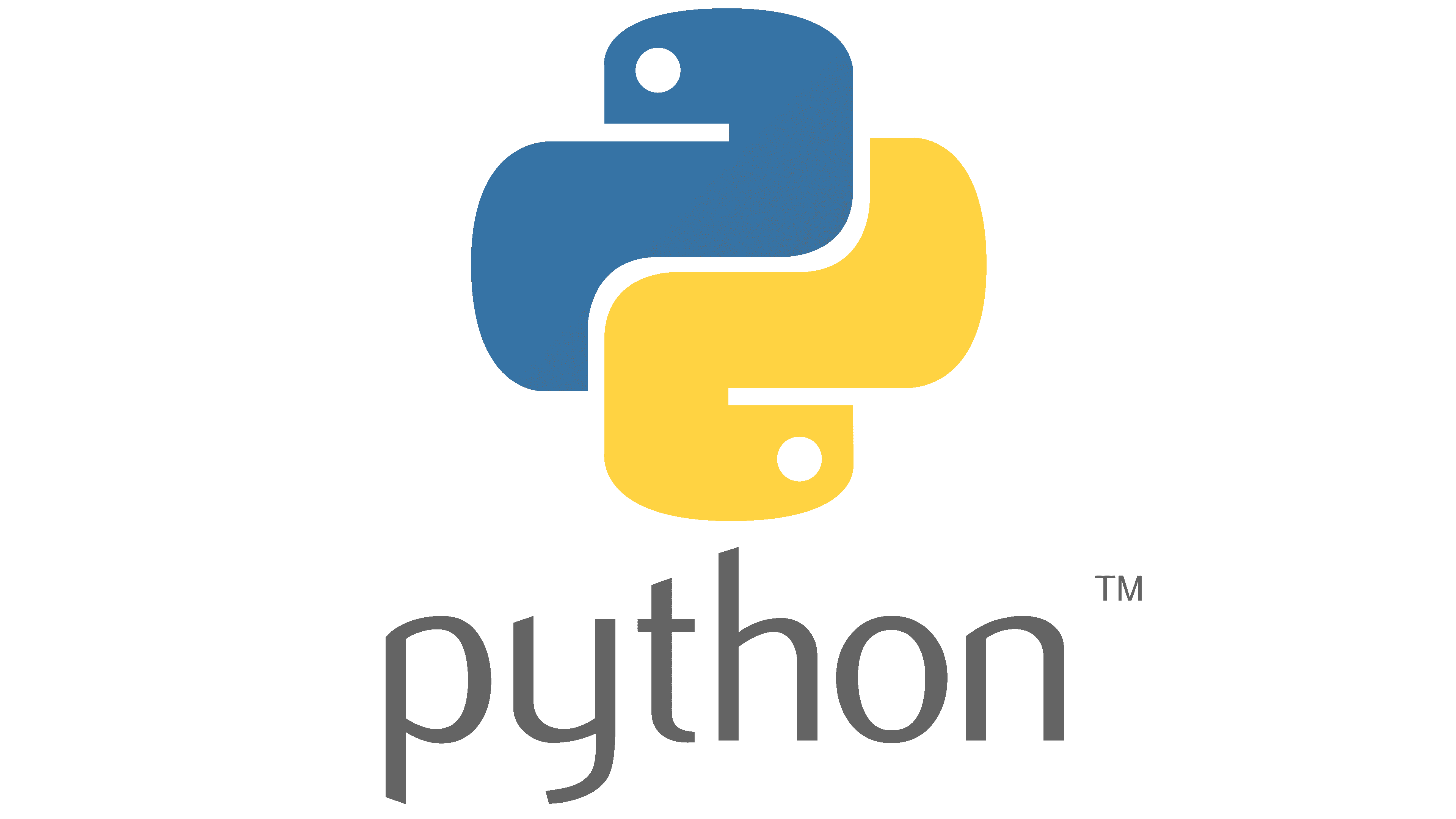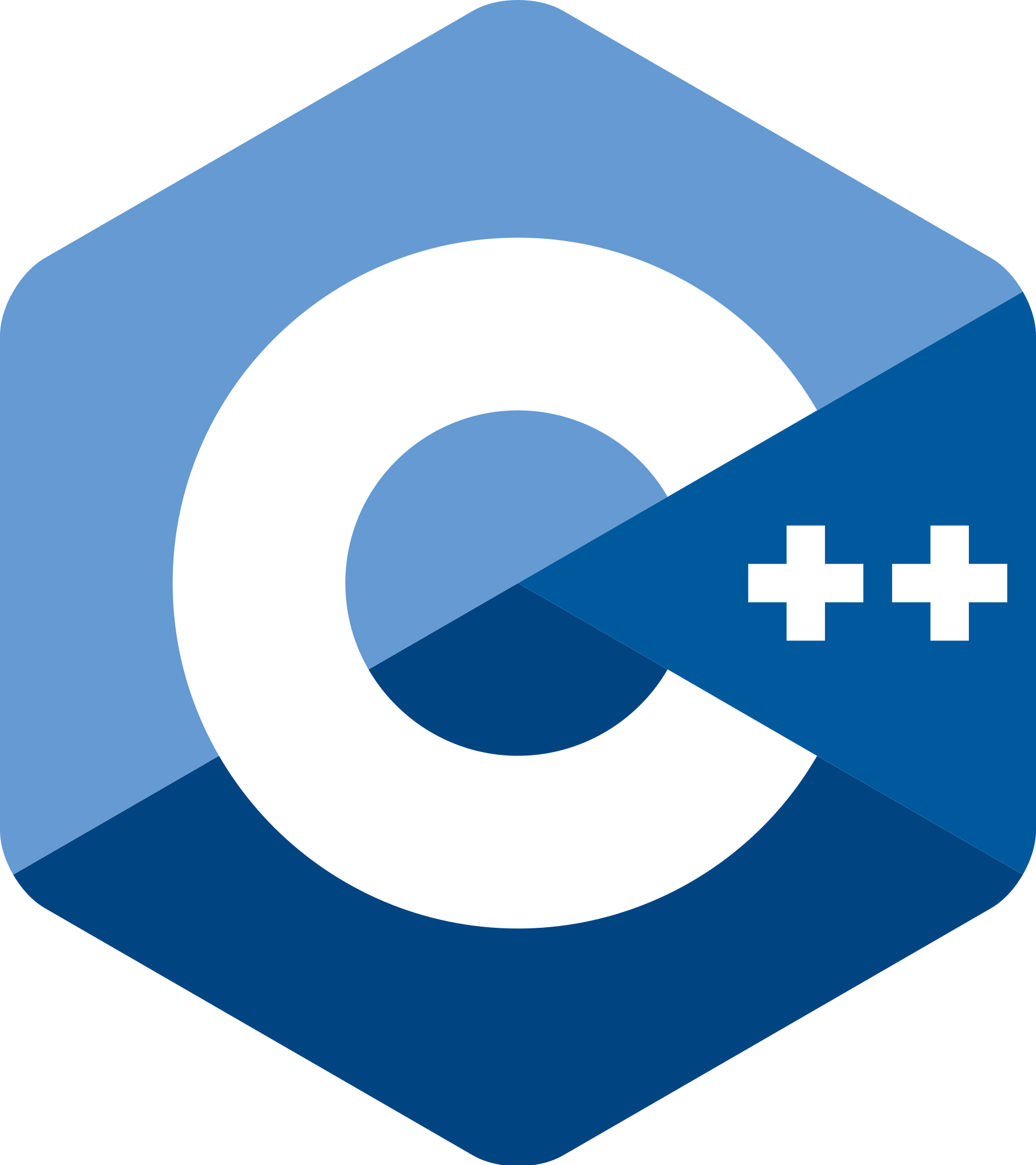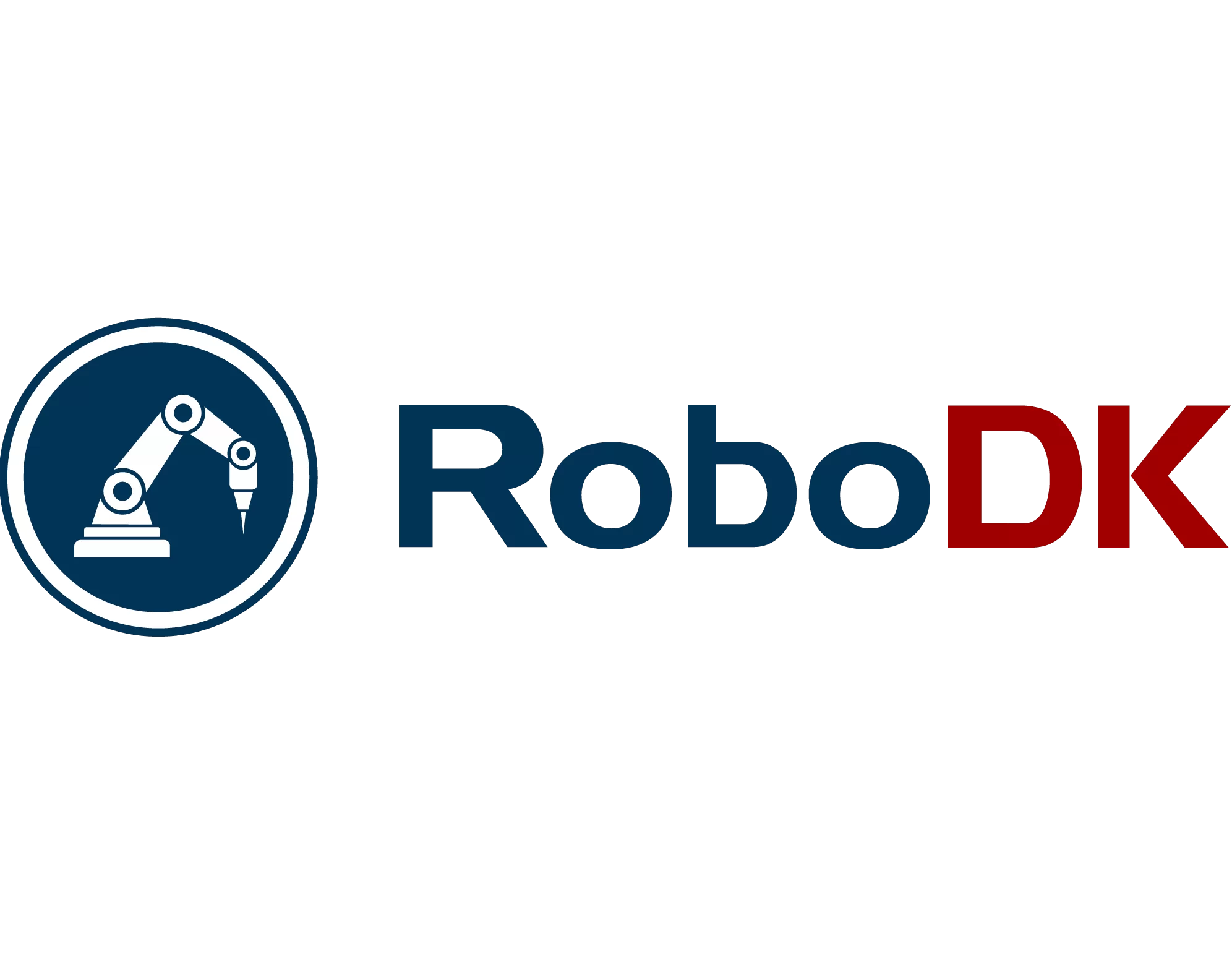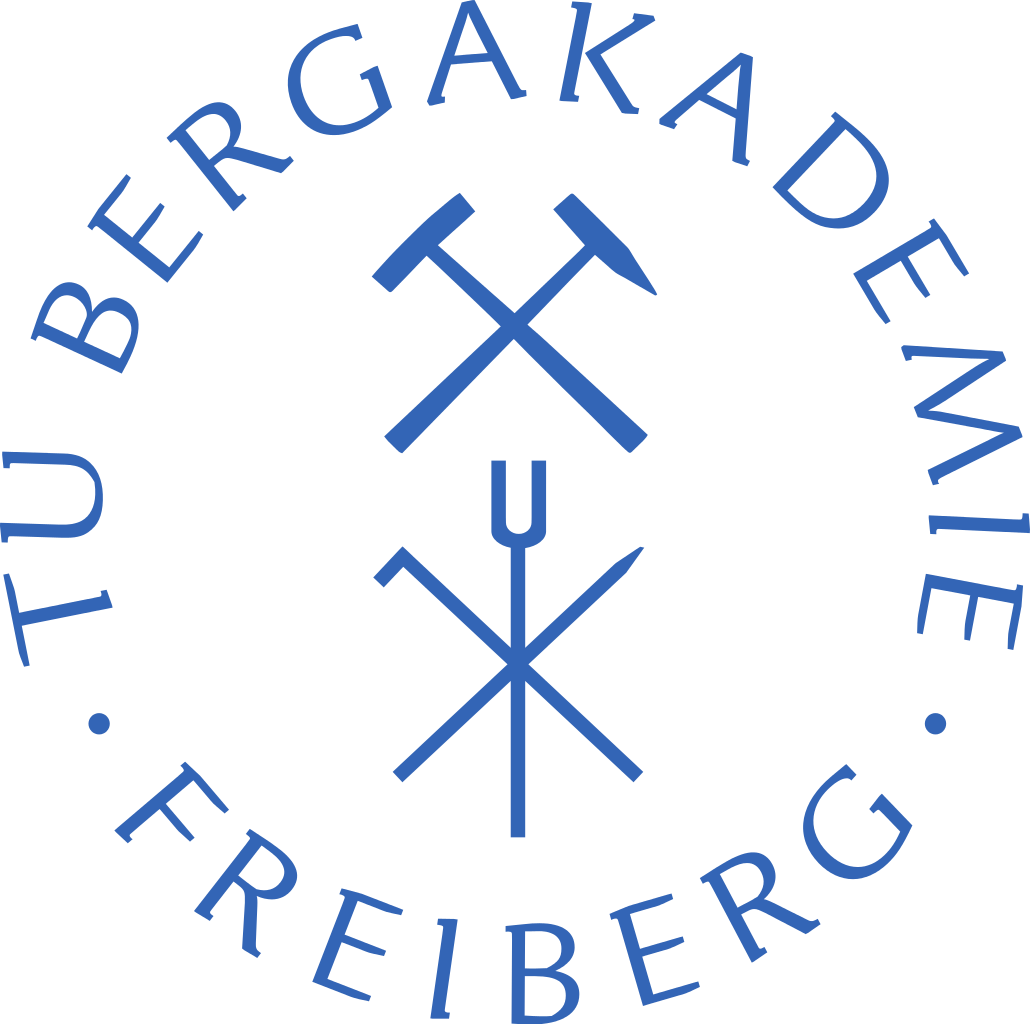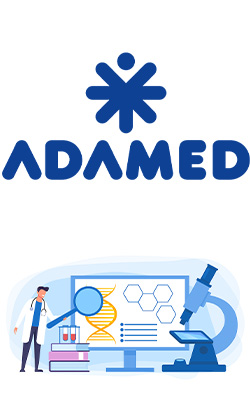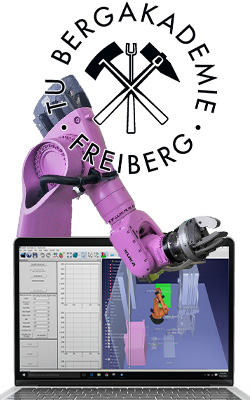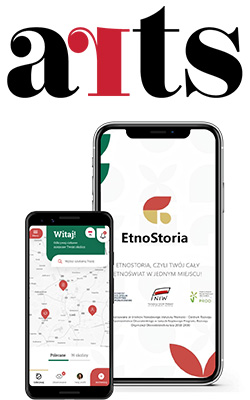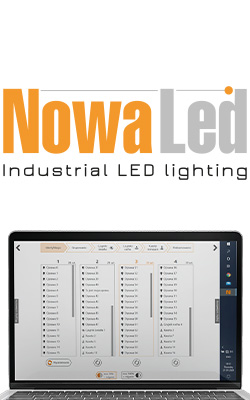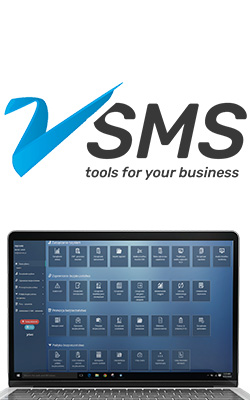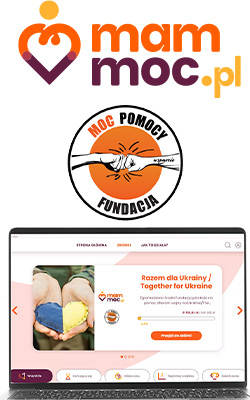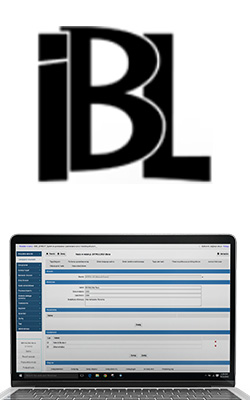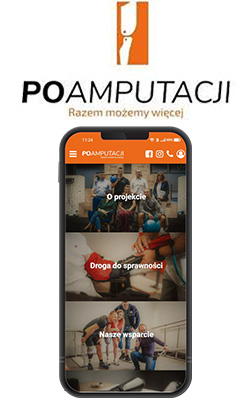Background
Technische Universität Bergakademie Freiberg is a German mining and metallurgical academy, considered the oldest of its kind in the world. The academy supports its students using a modern approach to resources and the environment as well as conducting research for a sustainable material and the energy economy. It has extensive research facilities and many external sponsors and partners. It is a leading partner in the industry for the development of new materials and production technologies. It contributes significantly to the optimisation of existing materials and their manufacturing technologies, enabling cost reductions and product quality improvements. It supports industrial development by providing experimental data and material models.
Challenge
They approached us for assistance in a project aimed at revolutionising the metallurgical industry. The goal of the project was a new method of metal processing without human intervention. The role of the “mechanical blacksmith” was to be fulfilled by a system composed of a robotic arm integrated with appropriate metallurgical equipment and tools. Control of such a robotic-tool system is to be carried out using an innovative system.
This is an academic project conducted in collaboration with industry. The inspiration for its implementation came from the needs of many enterprises that approached our client with specific requirements for which there are no standard production technology solutions. The developed system is intended to enable more efficient implementation of such unconventional projects.
Students and university staff began conceptual work on the system long before contacting us. In the first stage, they developed sets of commands for each of the hardware components of the system. This was aimed at verifying whether communication with individual items and efficient control of them would be possible using the defined set of commands. This allowed for an initial assessment of the feasibility of the project. Then, based on the developed basic commands, a proprietary control language was created for directing: the robotic arm, furnace, hydraulic presses, stepper motor scanner, thermal imaging cameras and 2D/3D profile scanners.
Solution
The client approached us for assistance in the practical implementation of the developed control language and the necessary programming environment. The programming effort required to develop the system necessitated the involvement of an experienced team of programmers.
The ImpiCode team began by familiarising themselves with RoboDK, the official software for the robotic arm. RoboDK provides an environment where researchers have created programmes responsible for the basic procedures, such as opening/closing the furnace or moving the platform with scanners, which we then utilised in the code of the developed software.
Background
As a result of our work, the ImpiCode team created software that includes a programming environment for the control language developed by the researchers for the metal processing system.
The outcome was a system where human work is limited to providing high-level commands describing the desired transformations of the processed metal work. The system itself determines the appropriate coordination of all the hardware components to efficiently implement the planned modifications while maintaining established safety rules and full operator control. One of the key features embedded in the system is the ability to halt the entire process in the case of operator or other bystander safety threats. Another interesting functionality is the ability to acquire data during scanning to continuously update the model of the processed work.
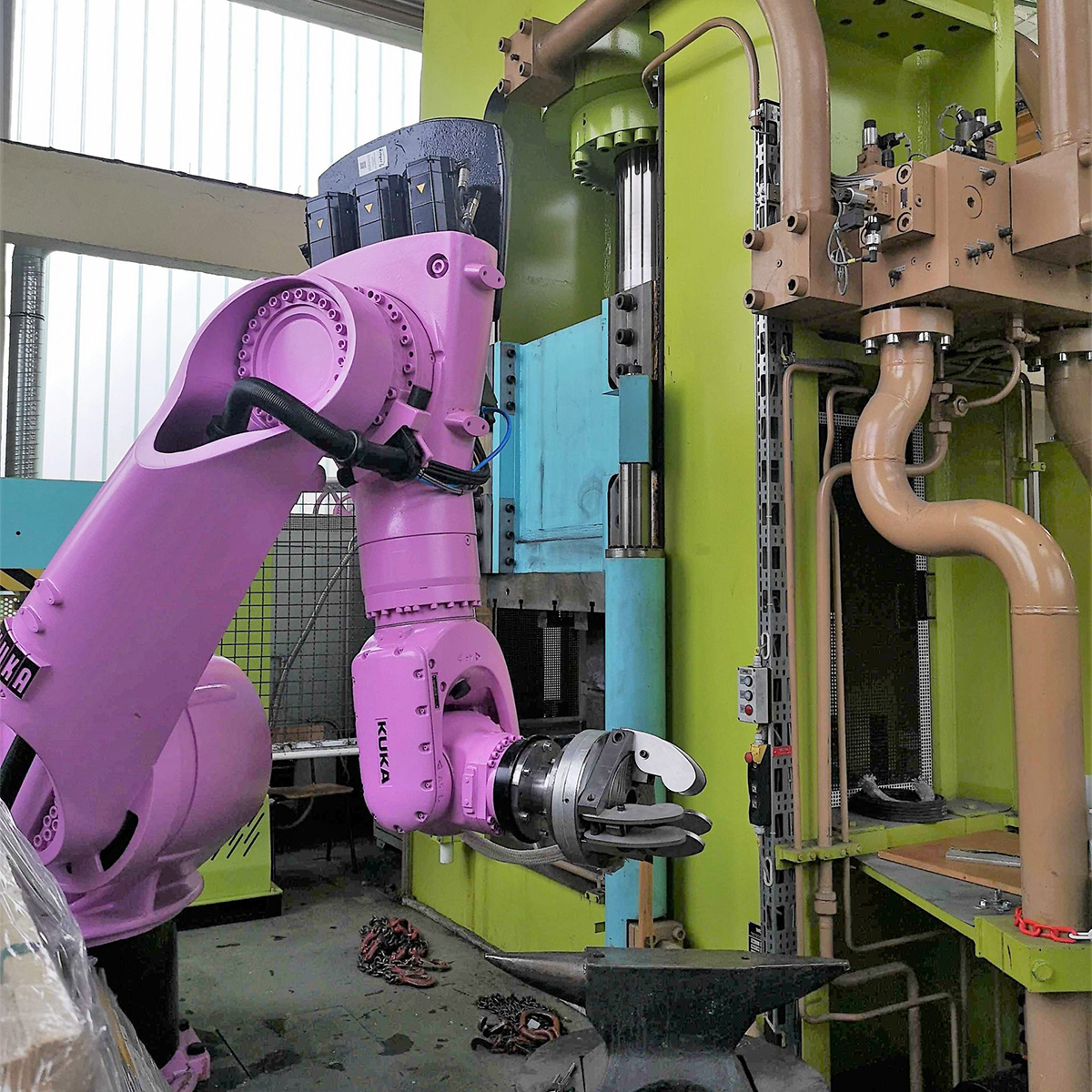


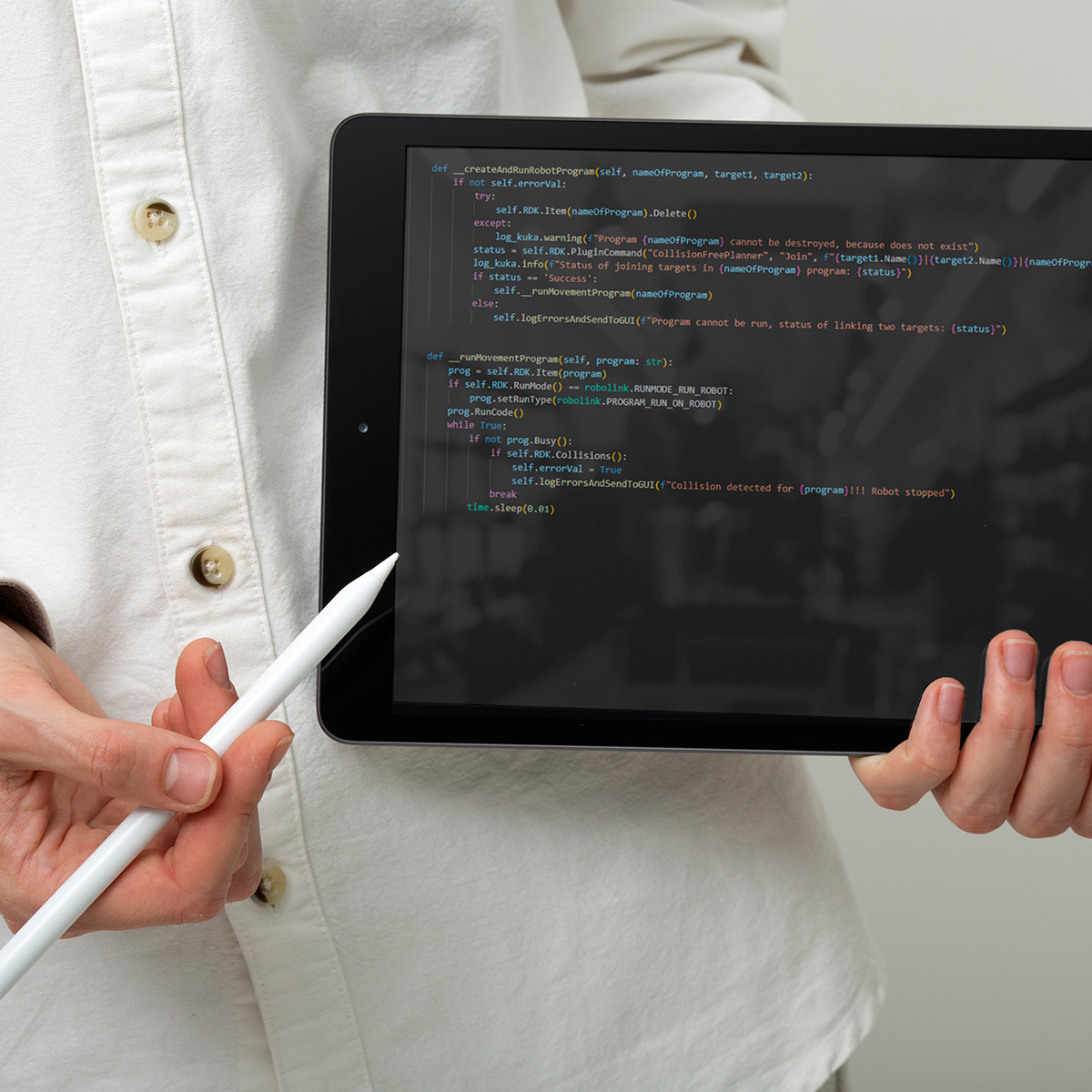
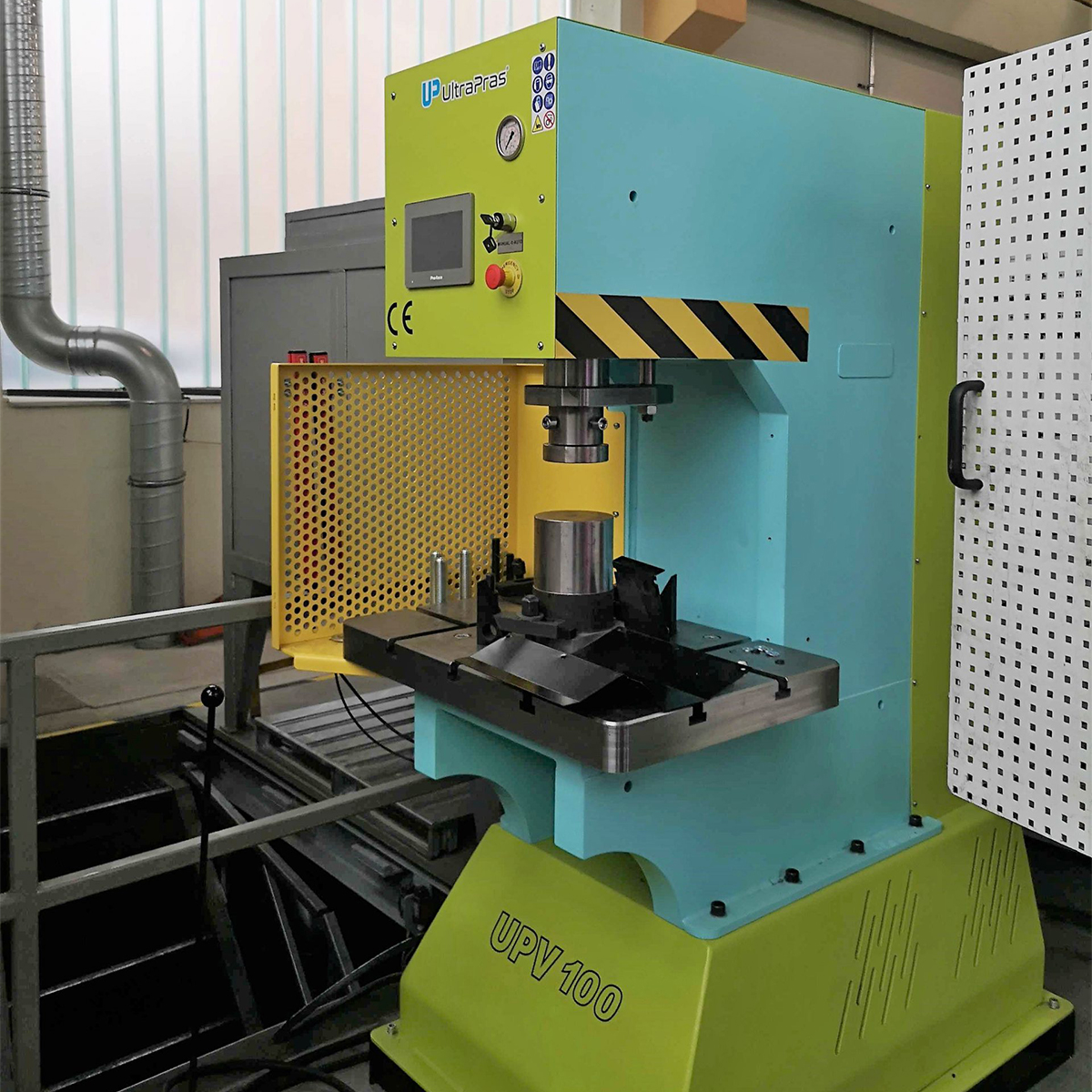
Thanks to the software we developed, we were able to achieve the goal of creating an environment that allowed for automated transformations, from the initial metal block to the final element with its specified characteristics. We are proud to have contributed to such an innovative solution for industry.
Technologies
The primary technology used in implementing the system was Python. Certain modules of the entire system required the use of existing components written in C++, so we additionally wrote a wrapper to provide access to the functions contained there. The greatest challenge we faced in the project was integrating all the processes in such a way that the individual items were synchronised with each other.
